
One year ago, on August 9, the quiet St. Louis suburb of Ferguson, Mo. made the national headlines. The body of a black teenager, Michael Brown, who was fatally shot by white police officer Darren Wilson, lay in the street on Canfield Drive for four hours. The community was enraged. Protests gave way to looters, which prompted an unprecedented use of police force.
Images of tear gas clouds and militarized police lines became commonplace. However, behind the violence and the headlines, was a community with deep-seeded, structural issues. Mike Brown was just one member of a struggling community and a struggling generation, in Ferguson.
Mark Kauzlarich first began photographing in Ferguson a week after Brown’s death. He was, at the time, finishing up a master’s degree at the University of Missouri just two hours away. He received an assignment from Reuters to photograph the community during the day, while staff photographers rested in order to capture the intense action at night. Photographing in the daytime, Kauzlarich was able to make connections with the community and see past the chaos of late-night curfews and tear gas that graced America’s front pages and TV screens.
“In that chaotic situation, the first few nights, no one seemed to contextualize what happened against the bigger picture of issues people had been facing in Ferguson,” Kauzlarich tells TIME, “so it was all very confusing.” As he started spending more time with the citizens of Ferguson, Kauzlarich began to discover a recurring narrative. The community harbored a mix of anger and disappointment for many years, he says. They felt they were never given a chance, by the police and society, to succeed. “Initially I assumed I was expected to make dramatic images,” Kauzlarich recalls, “[but] towards the end of my first week in Ferguson, I was seeking out those quiet, and often tired, scenes as much as possible.”

After a few weeks most media organizations left Ferguson, but what is now the Black Lives Matter movement has continued to gain steam. The events in Ferguson radically changed the way America has been dealing with race and police violence. Kauzlarich says it was important to him that if connections were drawn “between what happened in Ferguson and similar incidents in the United States, like the riots in Baltimore, they needed to at least see the faces of those who lived in Ferguson instead of just imagining tear gas and burning buildings.”
With this in mind, Kauzlarich returned to Ferguson about a dozen times, embarking on a long-term, ongoing documentary project that he plans to continue for several years. For him, there is an important distinction between covering news events and covering daily issues the community faces.
Getting access to photograph subjects in such an intimate manner wasn’t easy, he says. But after gaining the trust of several individuals, Kauzlarich was invited to birthday parties and elementary school graduations, with the hope that they could play a part in “getting a different side of Ferguson out into the world,” he says.
Kauzlarich’s photographs provide a glimpse into the daily, pressurized struggles with law enforcement that brought about the events of last year. Citizens, mostly those in the black community, can be fined for ambiguous code violations for having unkempt lawns or “disturbing the peace.” The city of Ferguson profited from these fines to a tune of $2.46 million in 2013, according to a scathing Justice Department investigation. This practice fostered a culture of distrust between the black community and police, rather than a feeling of protection.
“In general, I wanted to show a broad cross section of the community,” Kauzlarich says. Focusing, not on racism or police brutality, but simply everyday activities. This includes the white population of Ferguson, which was notably less keen on being photographed, in fear of being cast as the cause of the city’s problems.
Many of the young men Kauzlarich grew up with struggling parents. They nourish hope for better futures for themselves and for their own kids. But, they say, they are plagued by a cycle of minor arrests and fines that bar them from having a clean record or savings for college. This adds to already prevalent gun violence and drug usage in the community.
“I think for [these] young men,” Kauzlarich says, “it’s hard enough to know what your own future will hold, so they don’t talk often about their hopes for the future of Ferguson.”
Mark Kauzlarich is a freelance photographer based in Wisconsin.
Marisa Schwartz Taylor is an Associate Photo Editor at TIME.com. Follow her on Instagram and Twitter.
Read Next: Inside Ferguson With the Photographers of the St. Louis Post-Dispatch
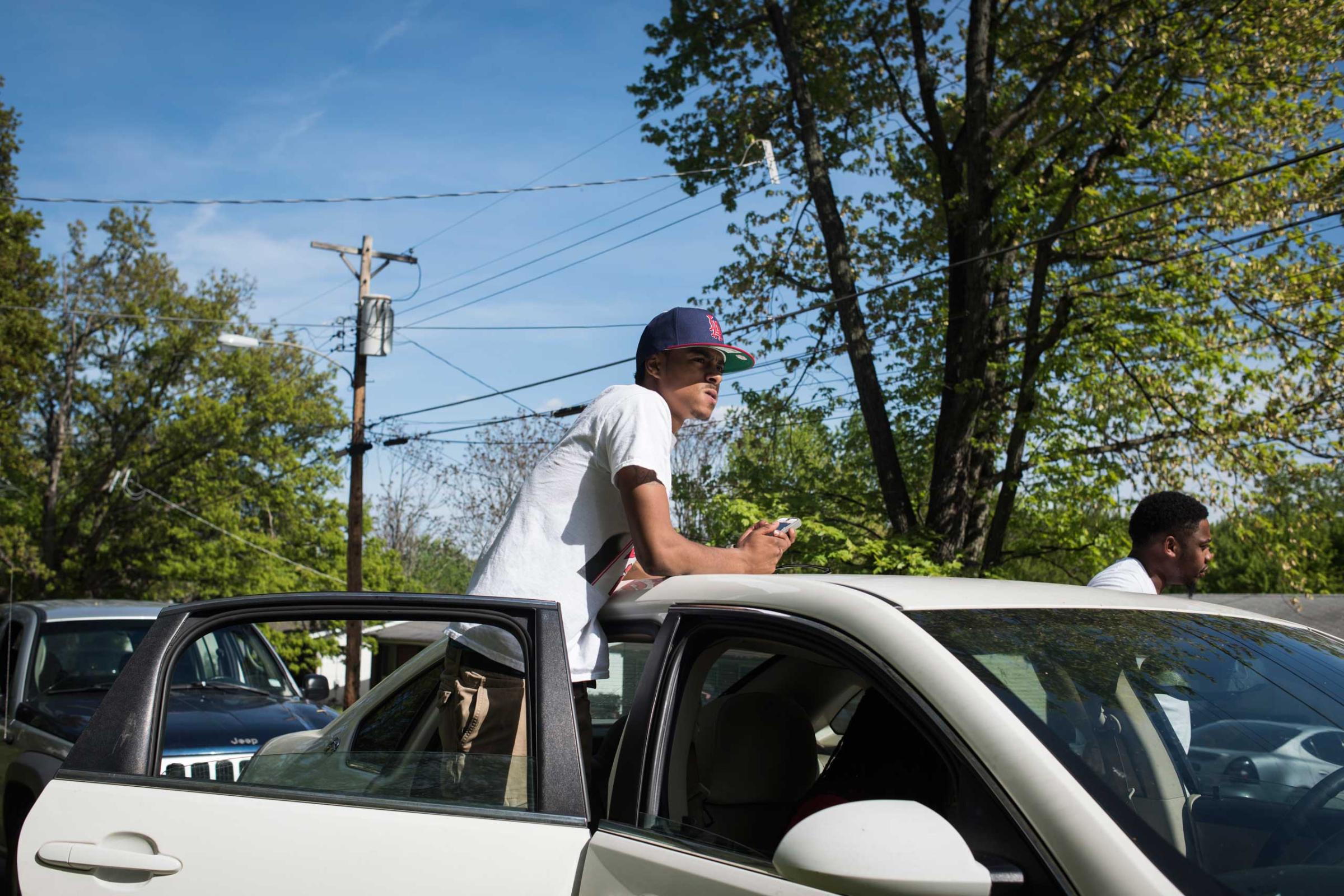
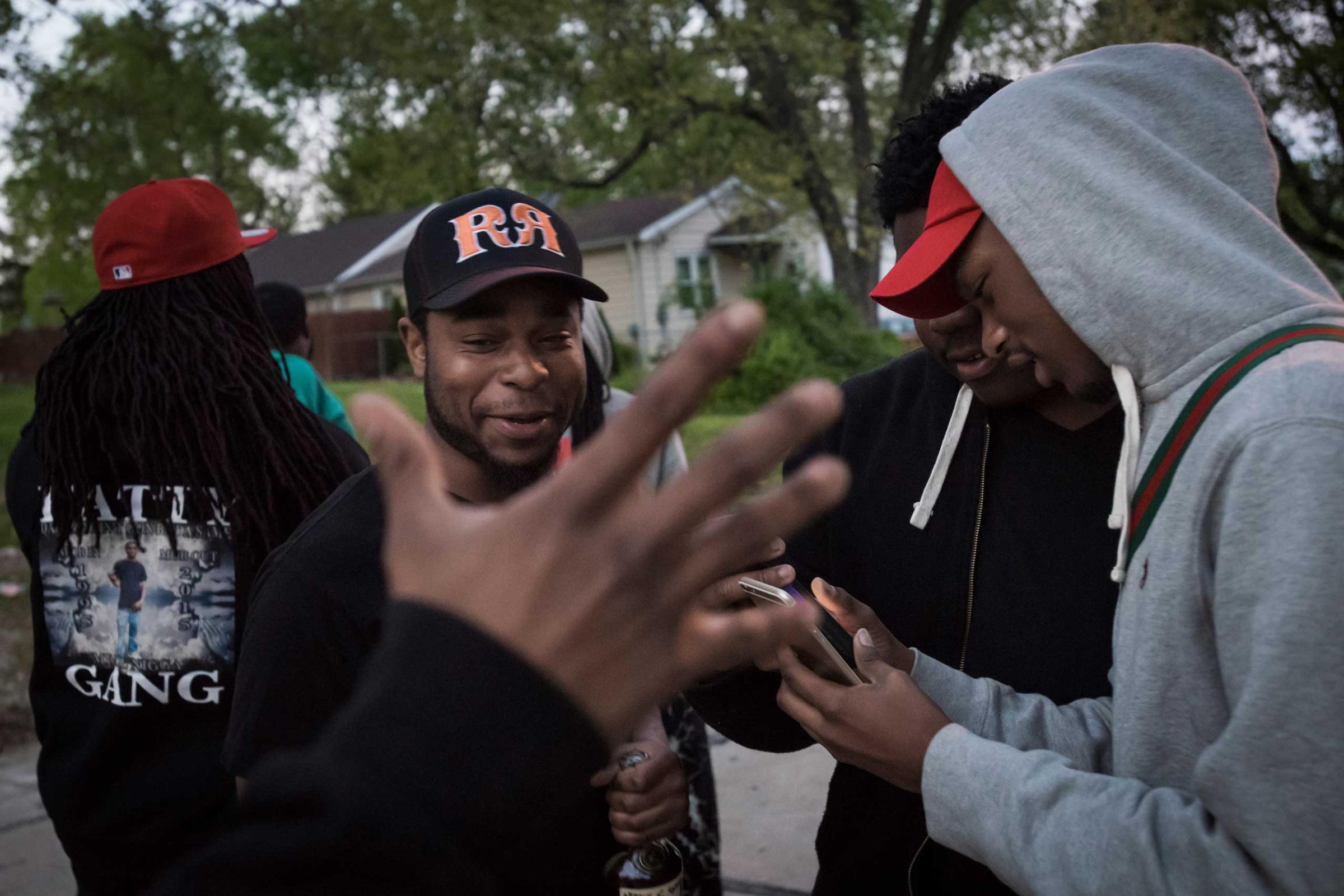
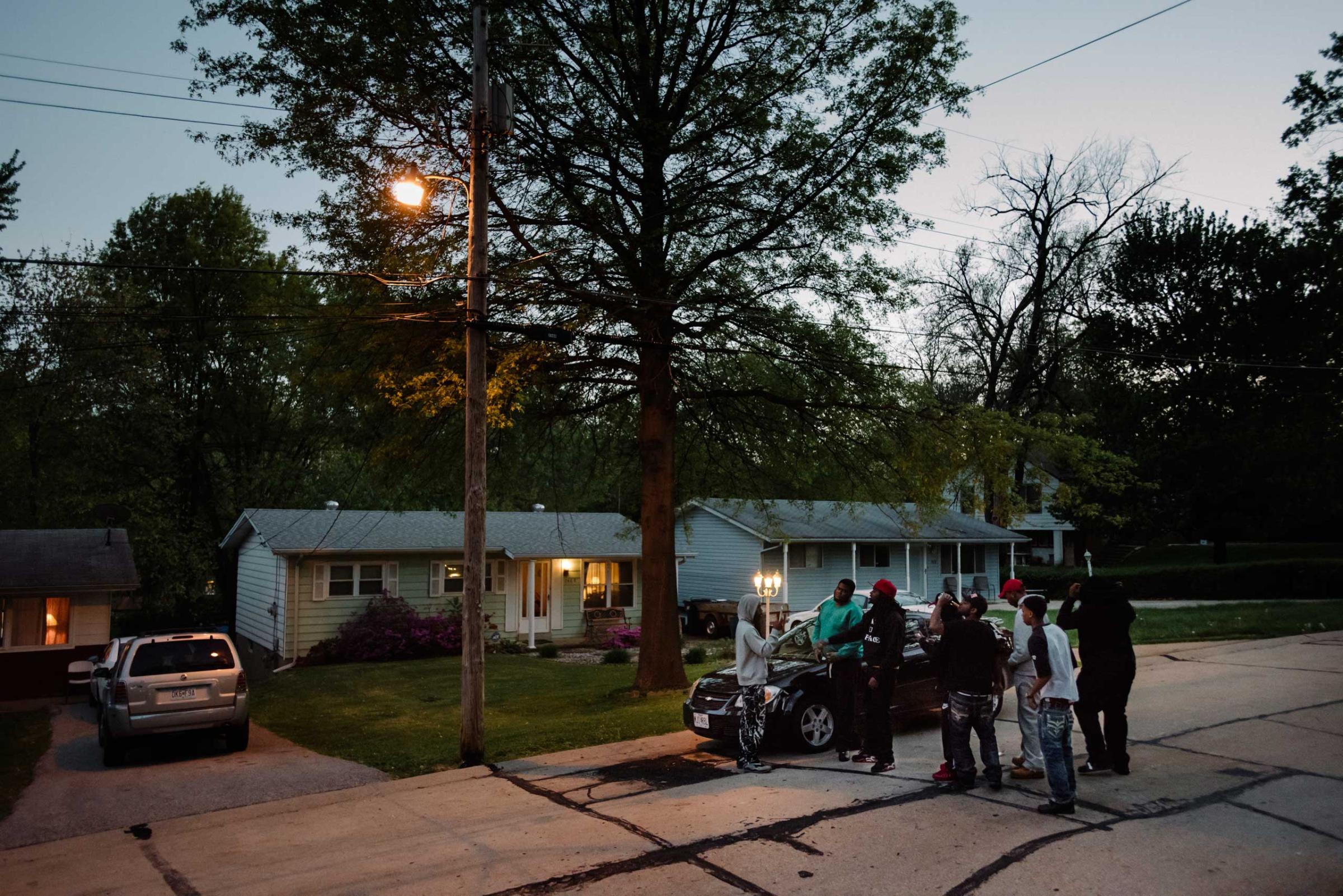
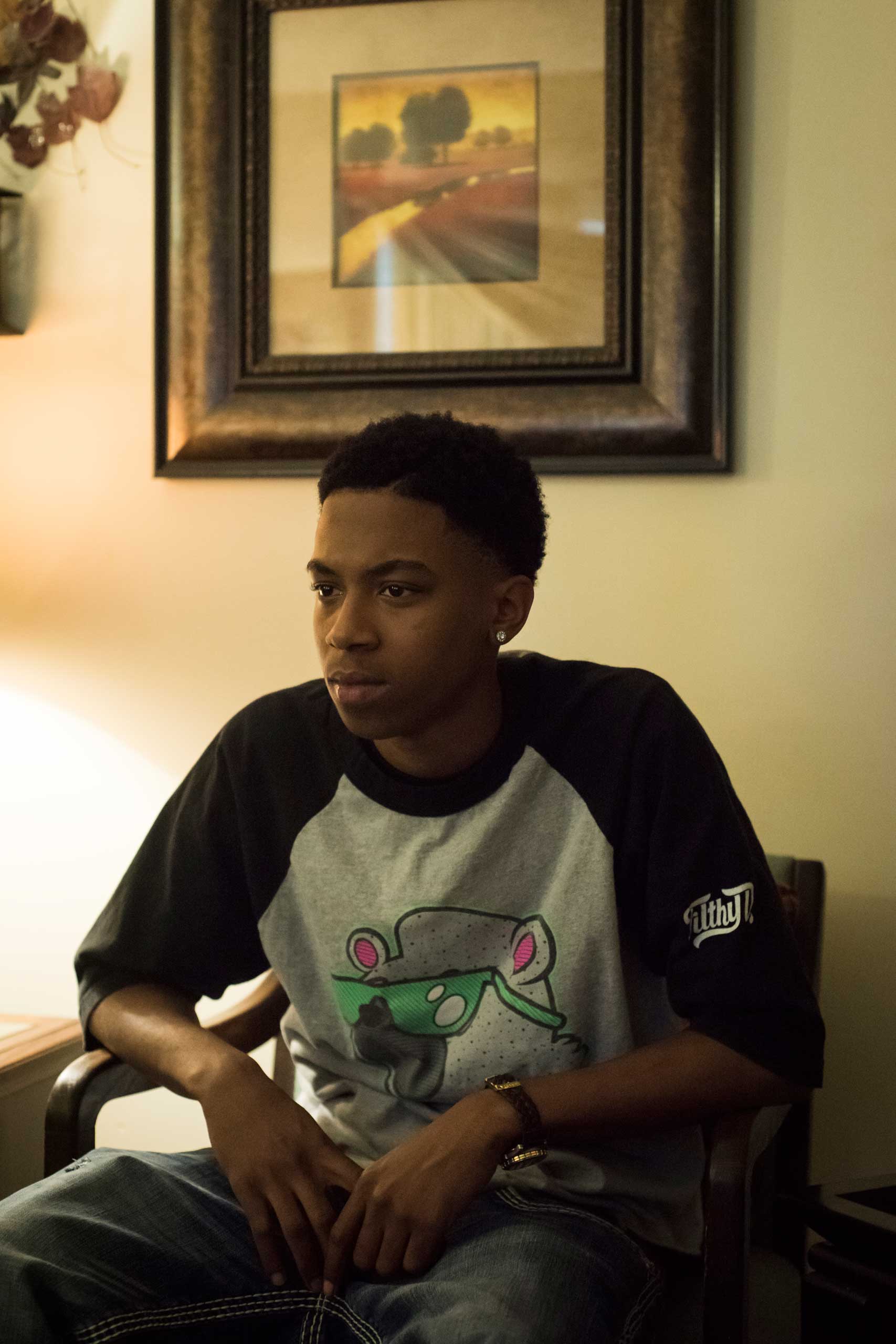
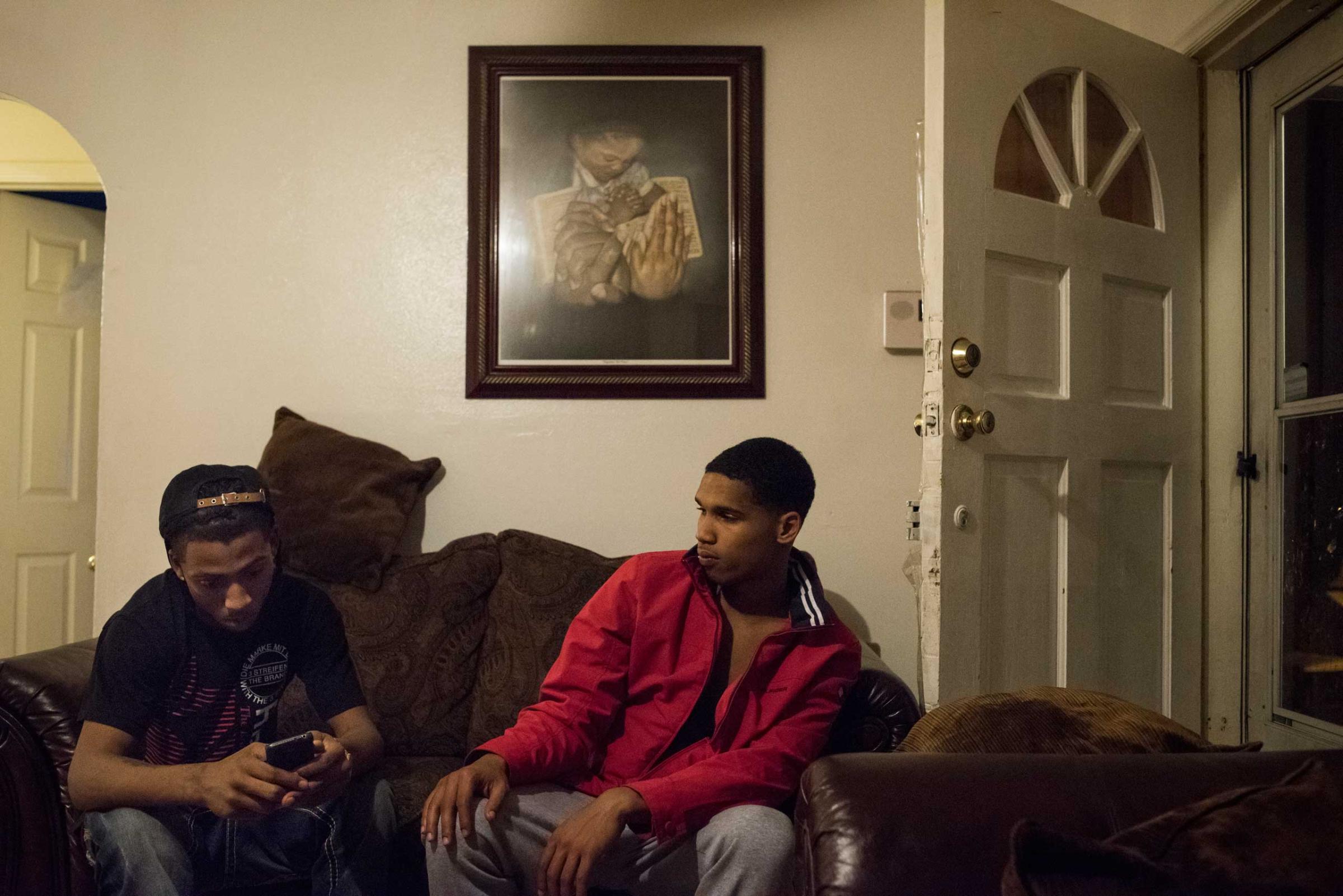
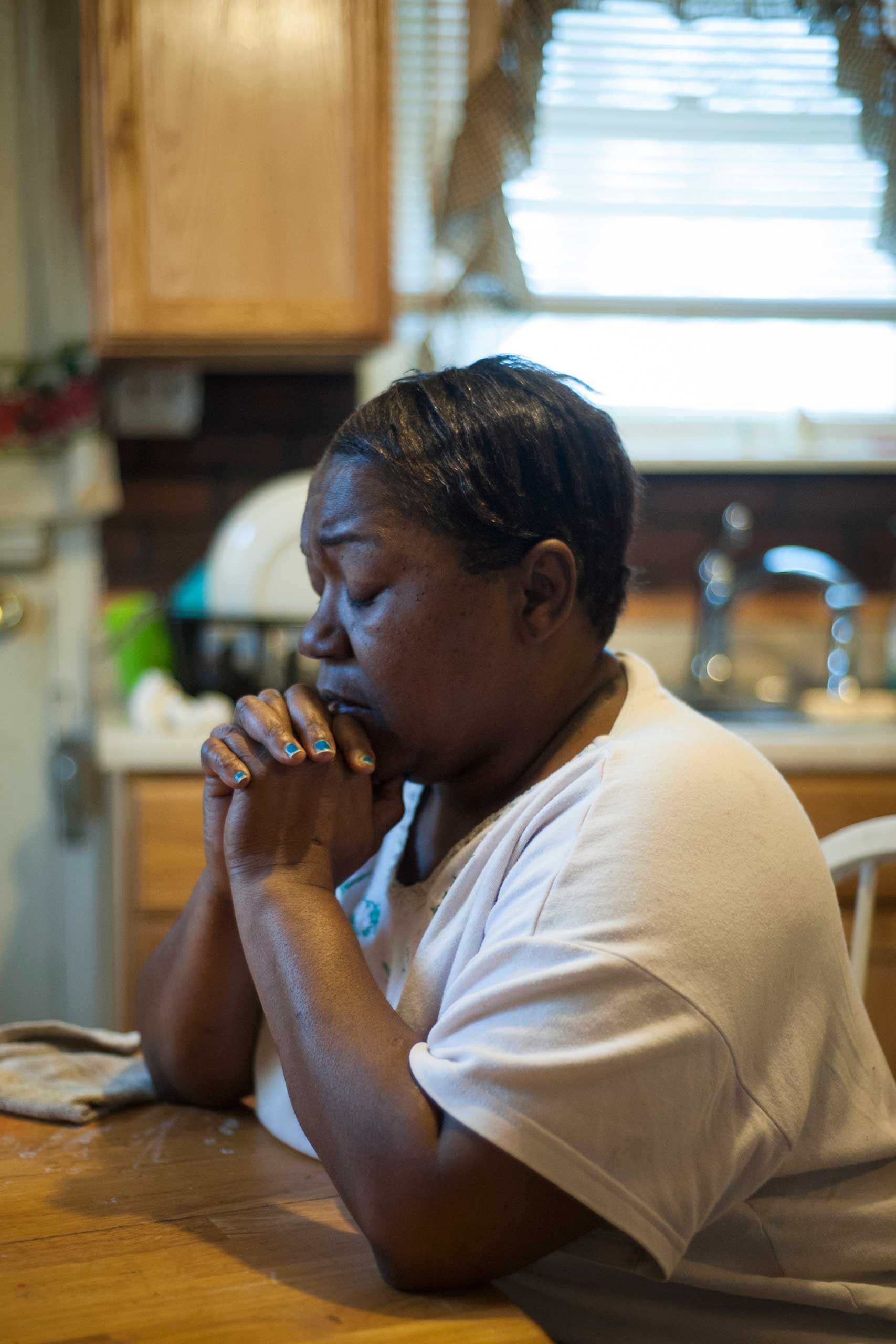
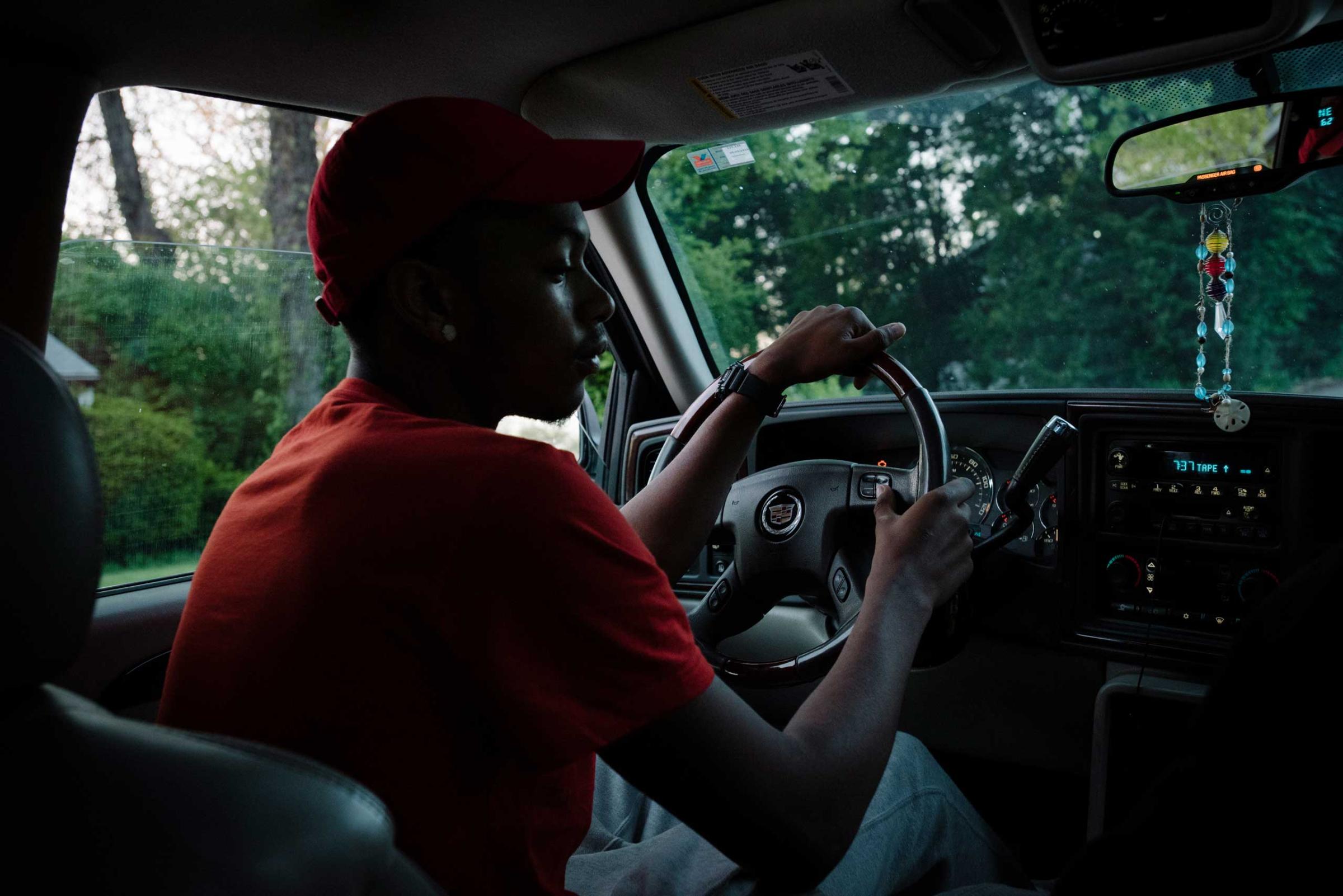
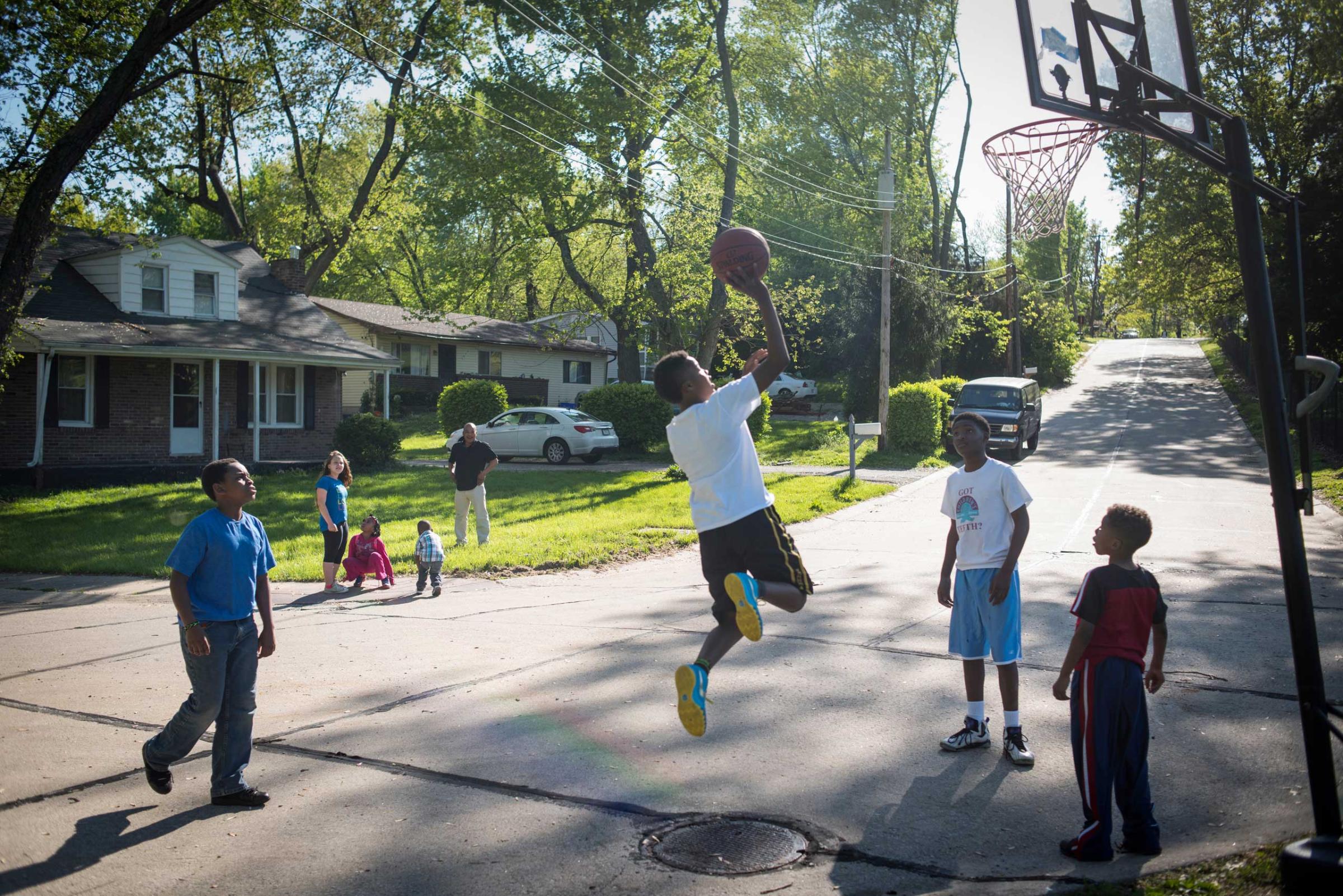
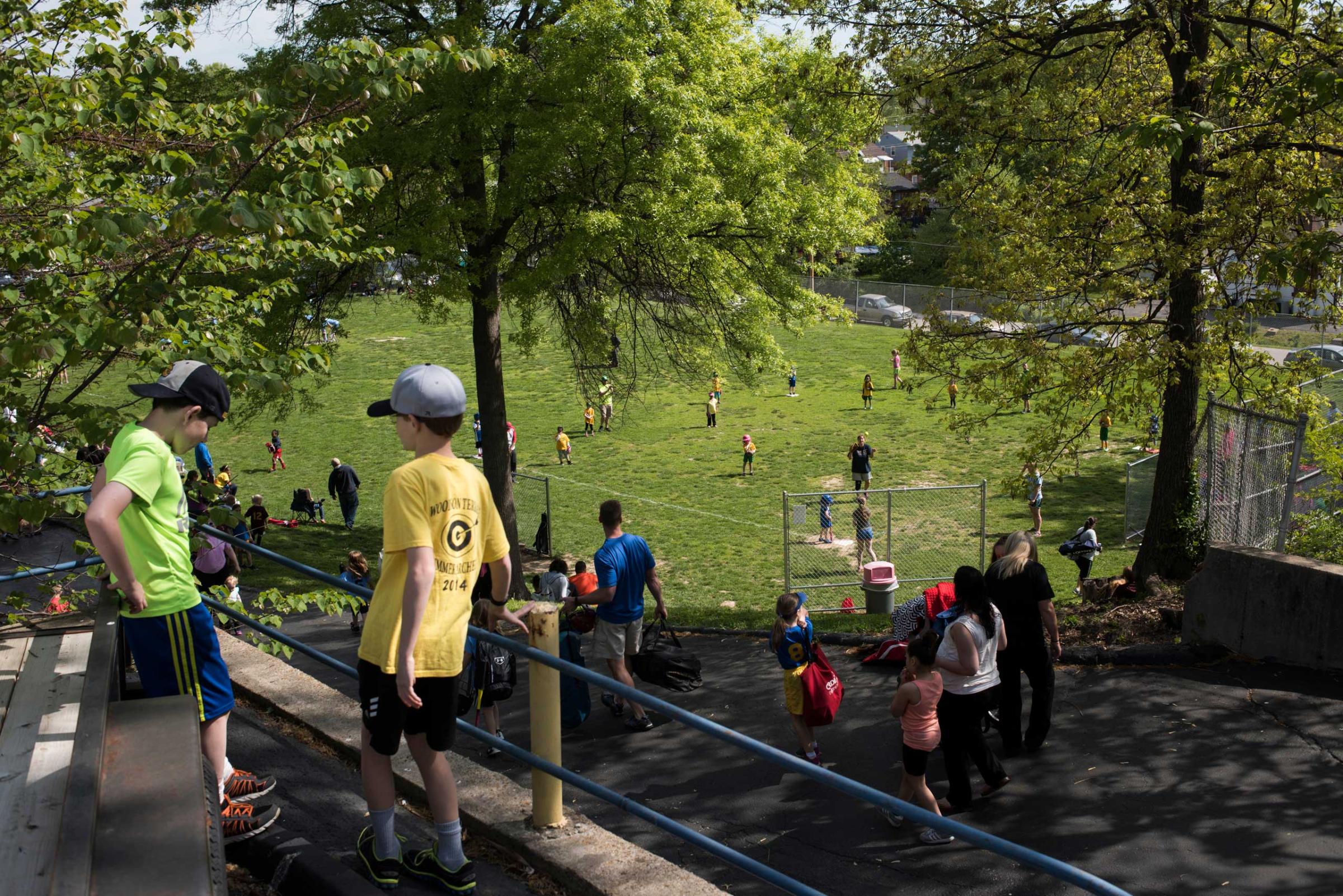
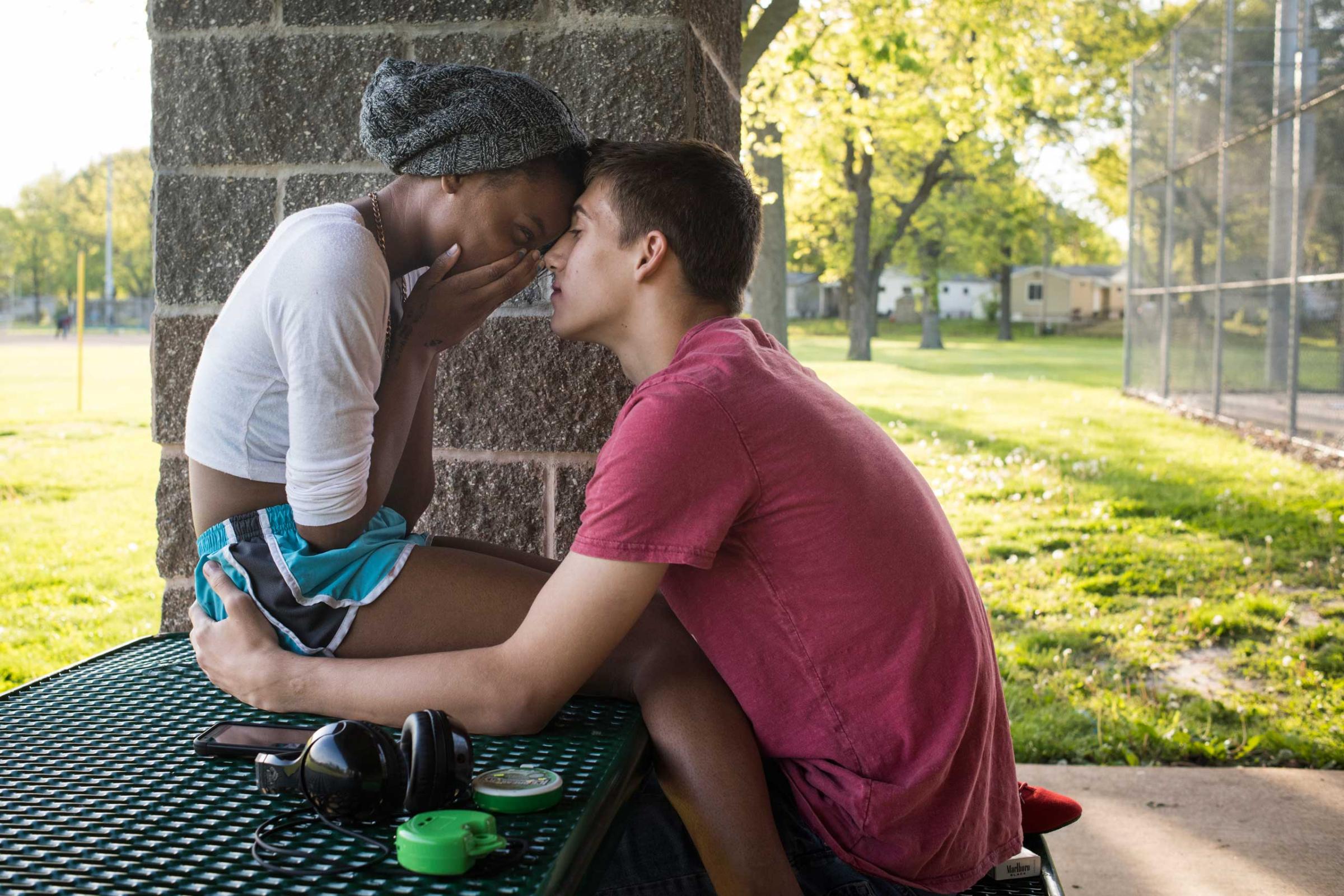
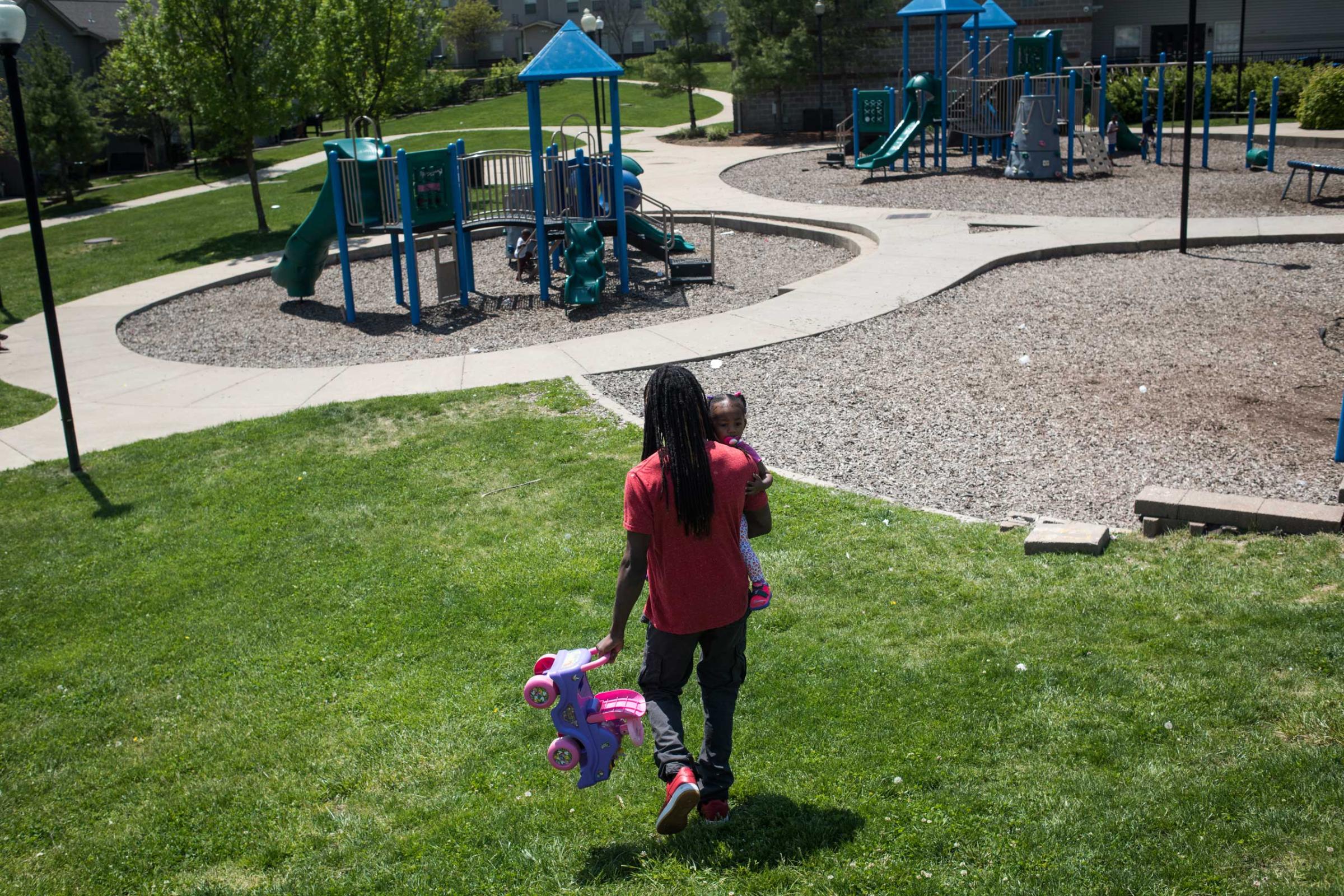
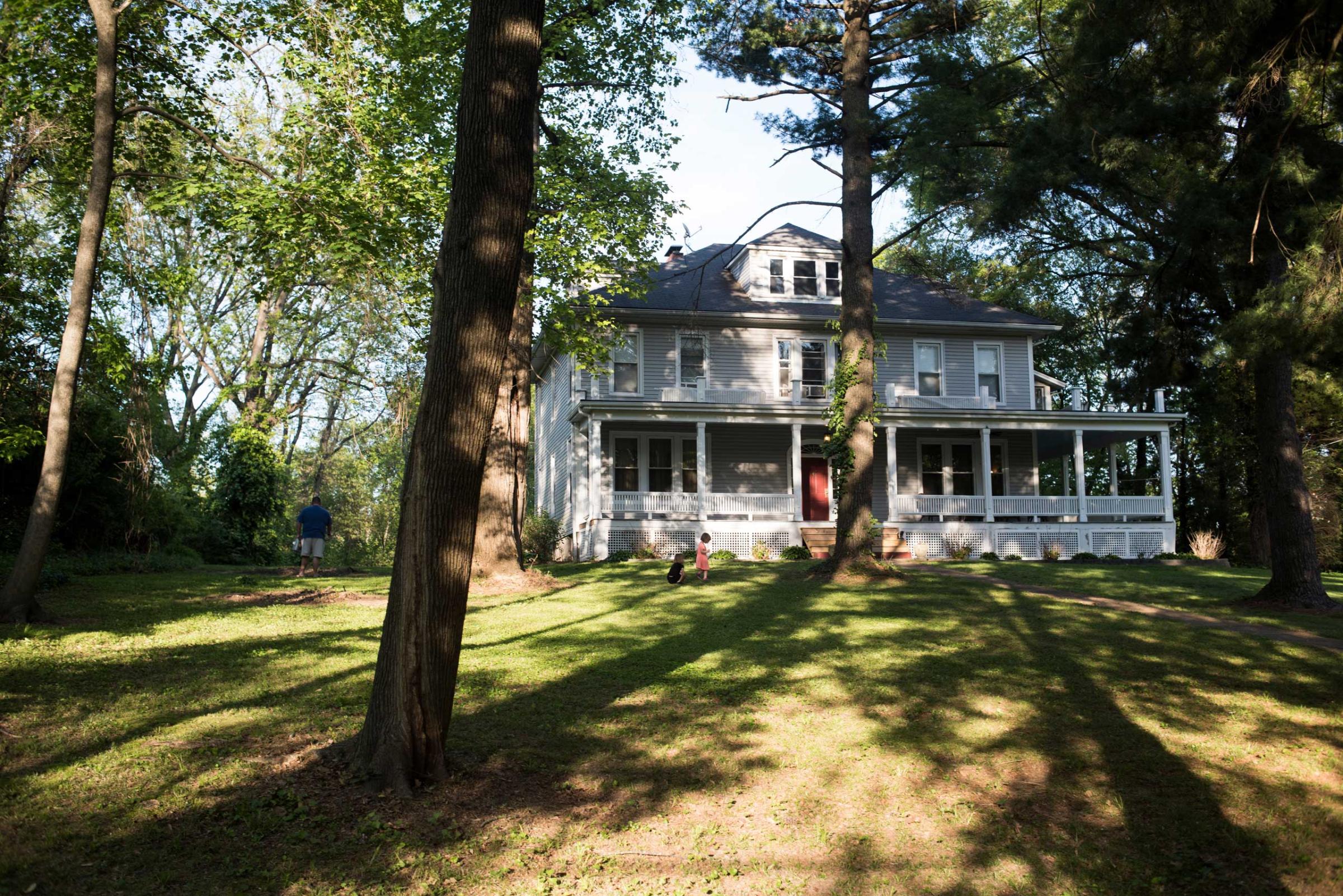

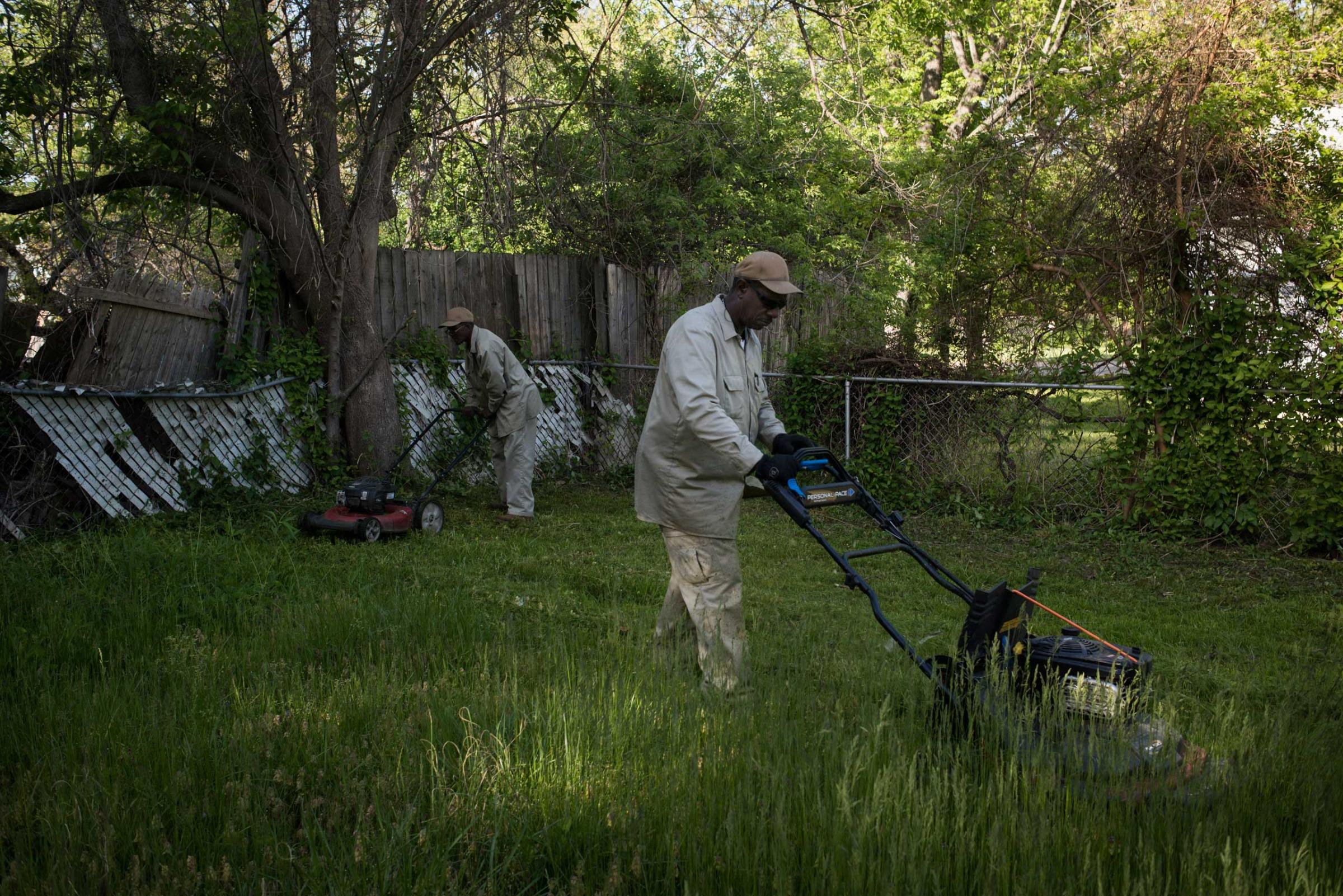
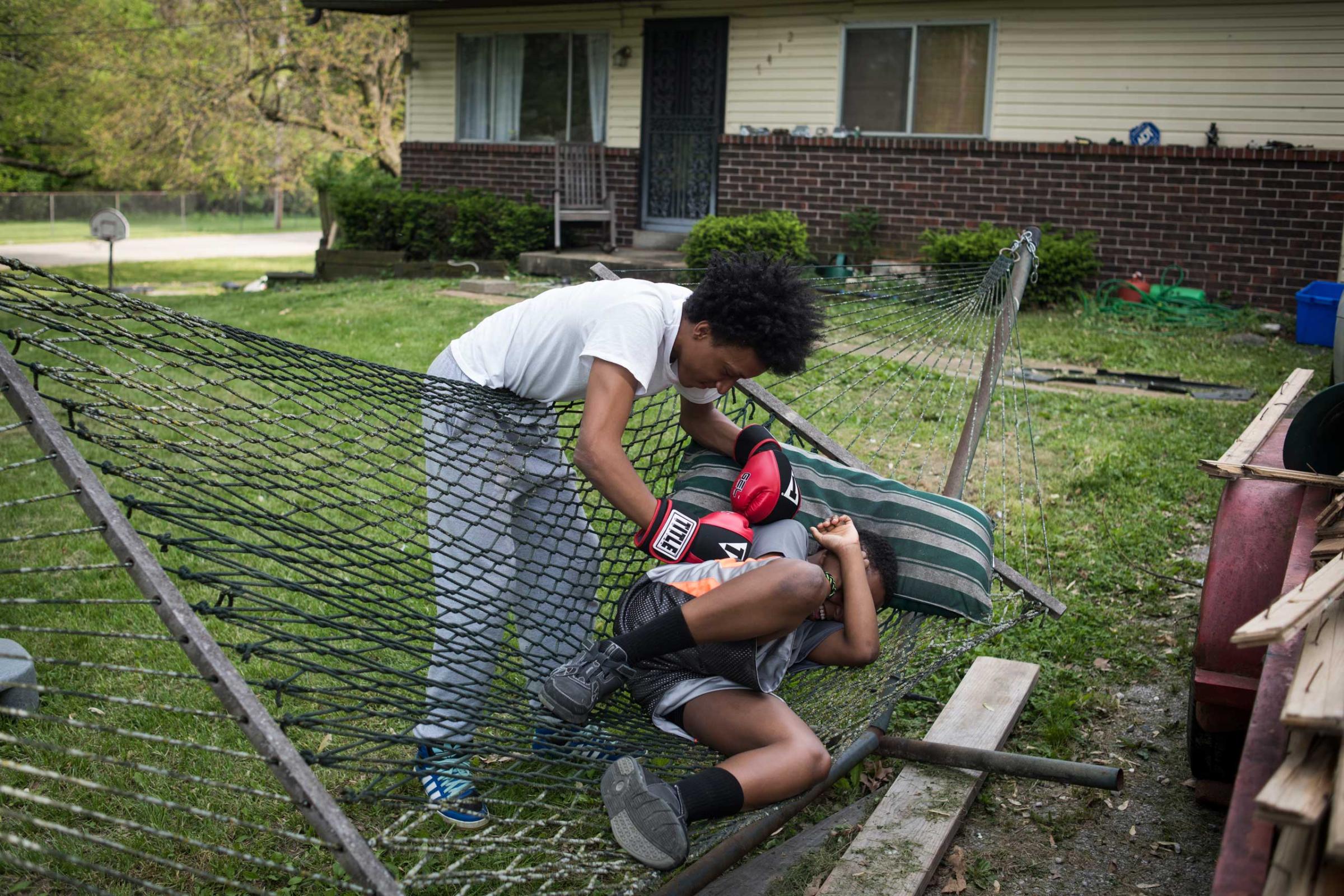
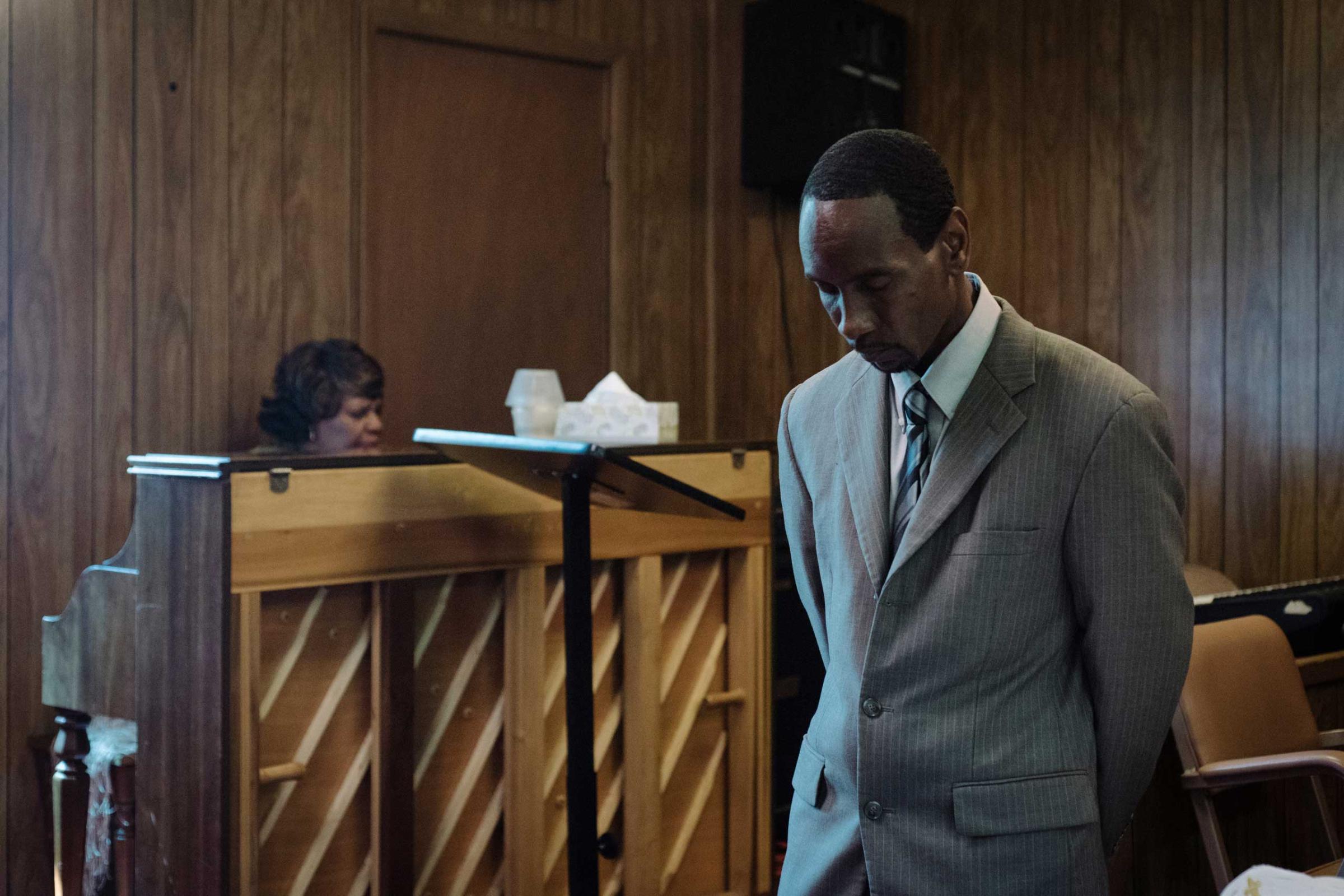
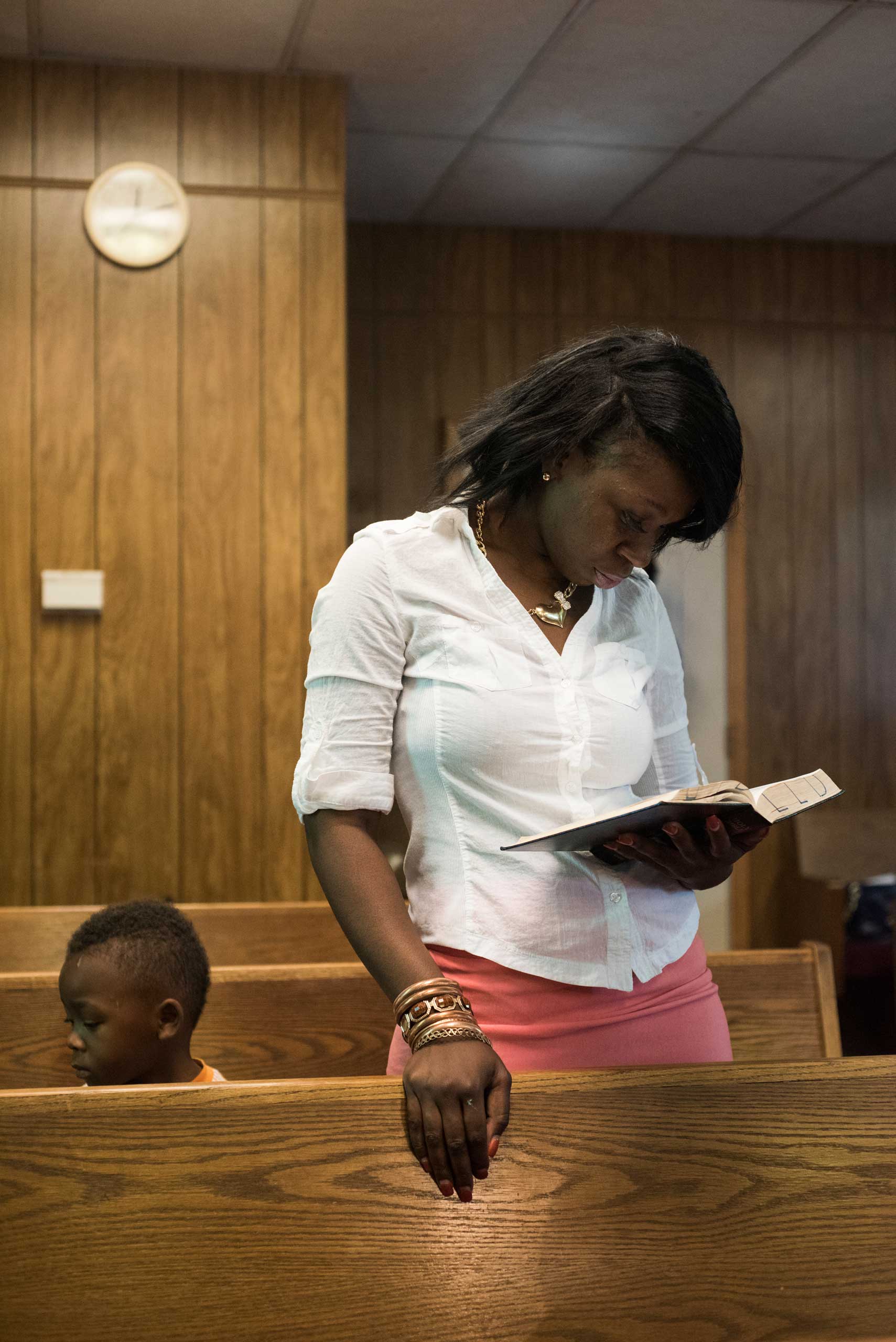
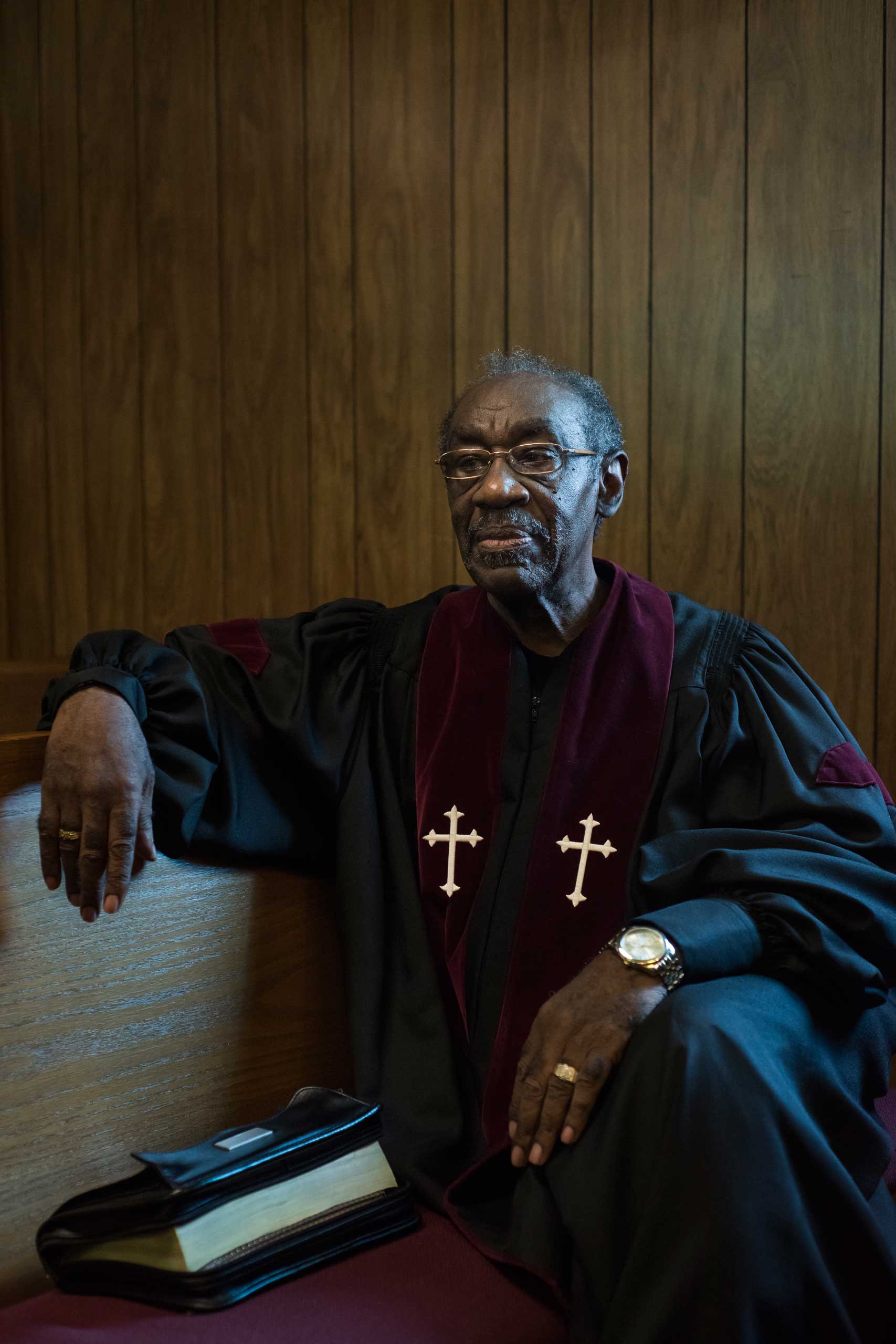
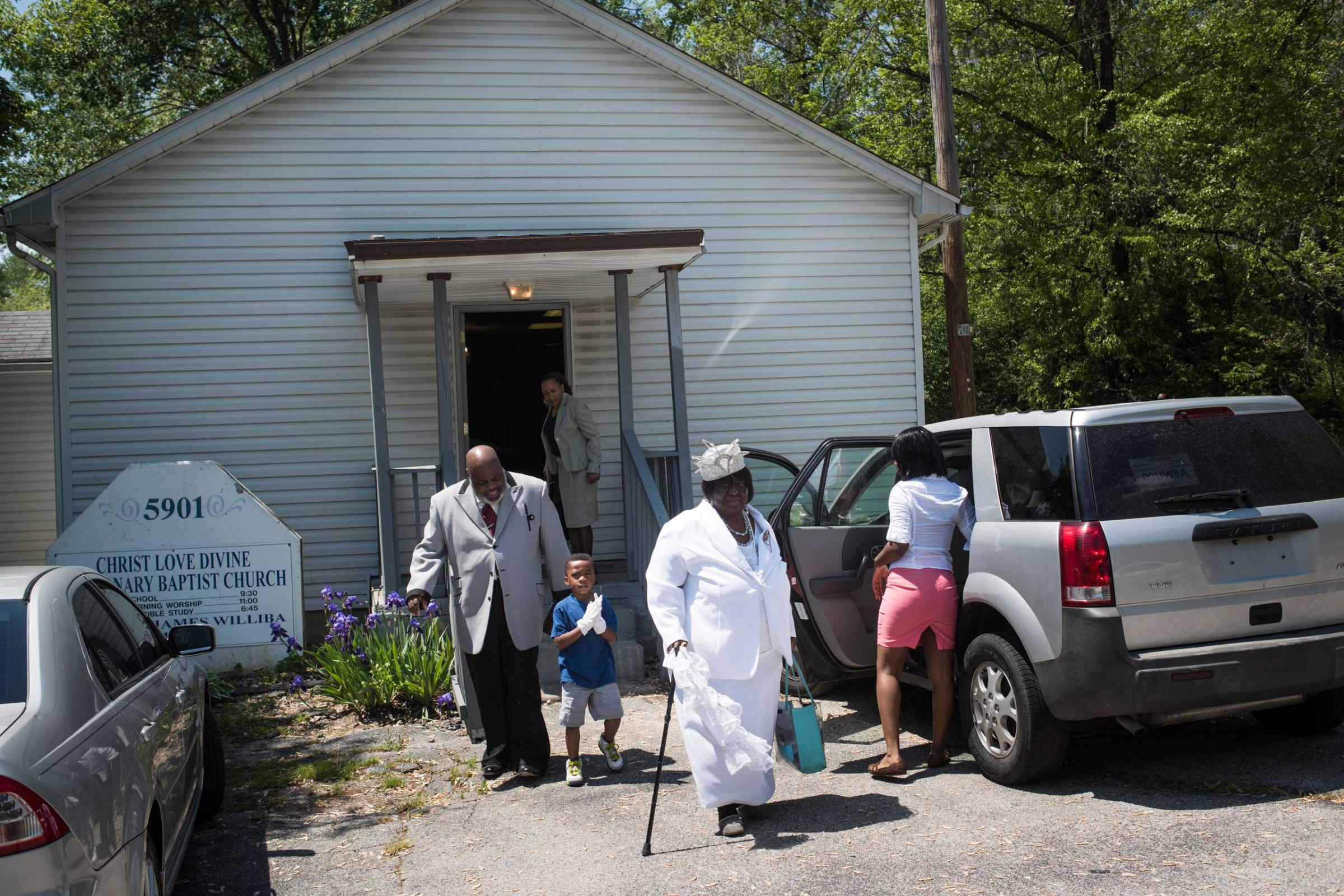
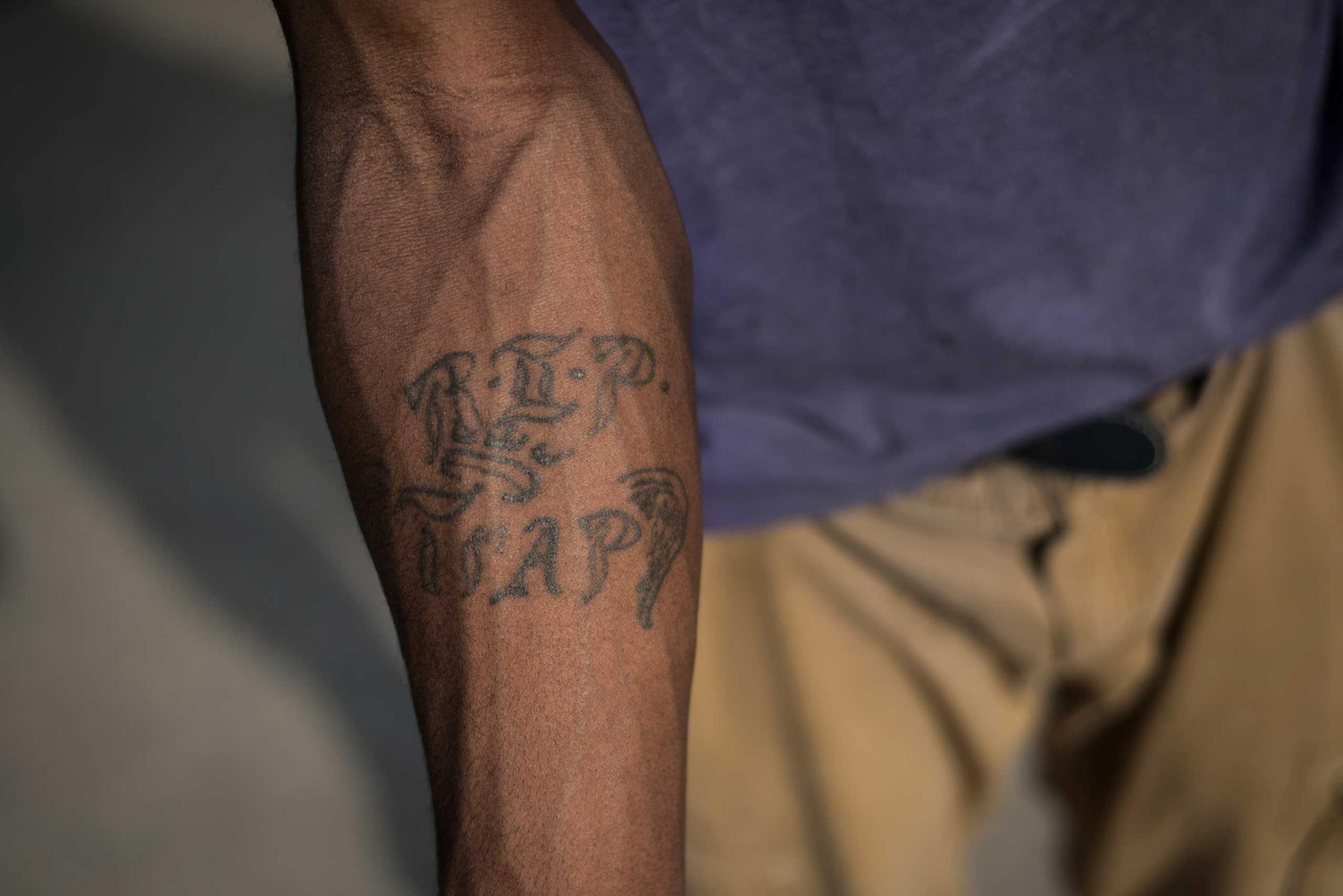
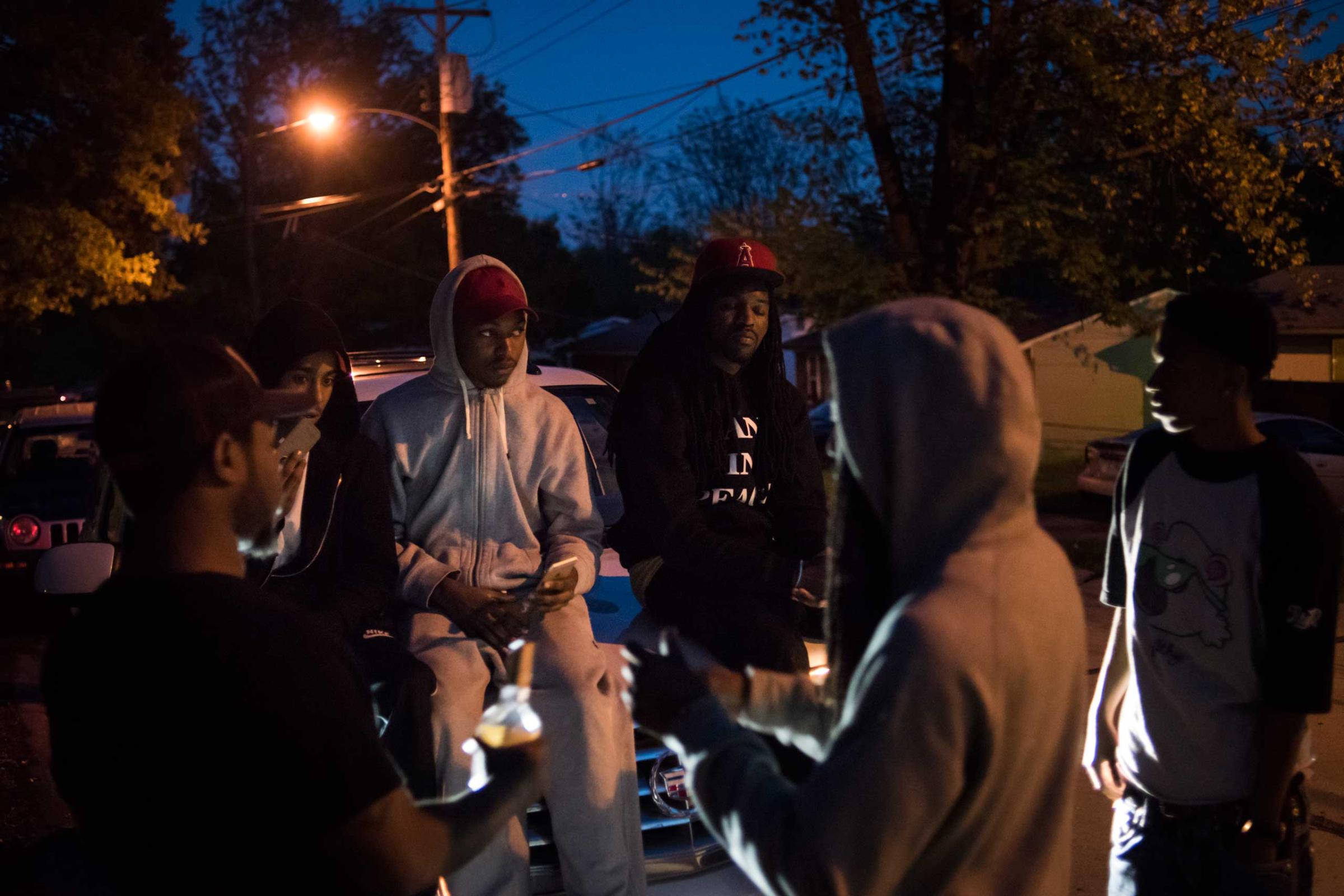
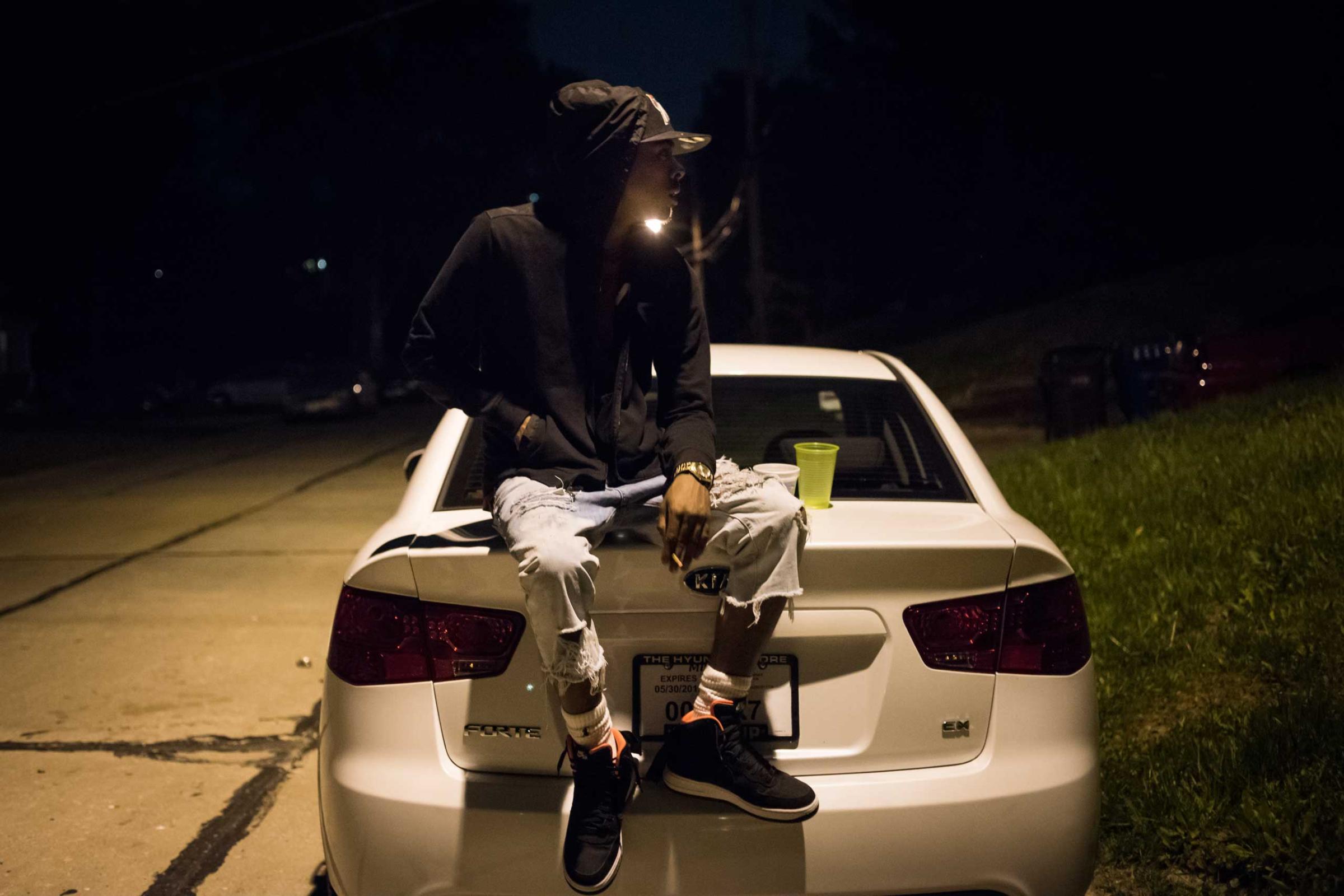
More Must-Reads From TIME
- The 100 Most Influential People of 2024
- Coco Gauff Is Playing for Herself Now
- Scenes From Pro-Palestinian Encampments Across U.S. Universities
- 6 Compliments That Land Every Time
- If You're Dating Right Now , You're Brave: Column
- The AI That Could Heal a Divided Internet
- Fallout Is a Brilliant Model for the Future of Video Game Adaptations
- Want Weekly Recs on What to Watch, Read, and More? Sign Up for Worth Your Time
Contact us at letters@time.com